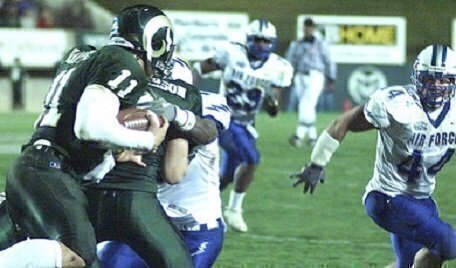Classroom Resources By Topic
Federalism and the Separation of Powers

Introduction
When crafting the Constitution, one of the central concerns of the Founding generation was how best to control government power. With the new Constitution, the Framers looked to strike an important balance—creating a new national government that was more powerful than the one that came before it while still protecting the American people’s most cherished liberties. They settled on a national government with defined but limited powers. Instead of placing authority in the hands of a single person (like a king), a small group of people (like an aristocracy), or even the whole people (like a direct democracy), the Framers divided power in two ways. At the national level, the Framers divided power between the three branches of government—the legislative branch, the executive branch and the judicial branch. This process of dividing power between different branches of government is called the separation of powers. From there, the Framers further divided power between the national government and the states under a system known as federalism.
What is the separation of powers? How does it work? What is federalism and how does it work?
Where do we see these constitutional principles in the Constitution? Why are they needed?
What are some of the key battles over the separation of powers and federalism in American history (and today)?
Constitution 101
Module 6: Separation of Powers and Federalism
Does the separation of powers need a rewrite?
One prominent legal scholar offers a “friendly amendment” to Justice Robert Jackson’s famous concurrence in Youngstown Sheet & Tube Co. v. Sawyer.
Rumored federal medical marijuana changes raise federalism issues
United States Attorney General Jeff Sessions is expected to release a report this week that may urge more federal interdiction against state-level medical marijuana programs – a move that would raise some compelling legal and policy questions.

Federalism fight leads off big Supreme Court week
A dispute over power sharing between the federal government and state government leads off a big week of Supreme Court cases on Monday. And it involves college football and New Jersey Governor Chris Christie.

The future of federalism
In a special live event at Georgetown University, Josh Blackman of the South Texas College of Law in Houston and Peter Edelman of Georgetown discuss the fate of federalism in the Trump era.
Two State Attorneys General on Federalism and States’ Rights Today
Attorneys General Phil Weiser of Colorado and Mark Brnovich of Arizona join for a bipartisan conversation exploring federalism and more.







